Ruralgirlz said:I need to get a digital pH meter. Any recommended brands?
Thx in advance, Cheryl.
Blue labs... Have had them all Hannah, milwakee etc.. blue labs is king.
How To Use Progressive Web App aka PWA On 420 Magazine Forum
Note: This feature may not be available in some browsers.
Ruralgirlz said:I need to get a digital pH meter. Any recommended brands?
Thx in advance, Cheryl.
How can I build a activated carbon filter for my cfi 8in fan?
kingchief
There are several good brands out there, so I'd just stay away from the cheap ones, since PH control is so important.
The one I use is a Hanna 98130 which measure PH, EC, and TDS.
I believe some other good brands include Oakton, Milwaukee, & some others.

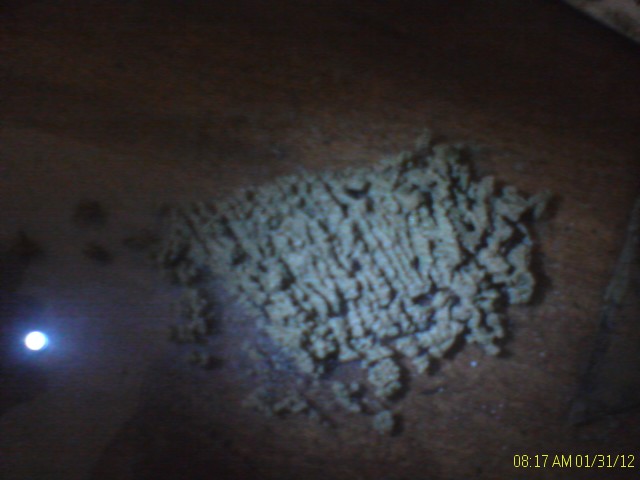
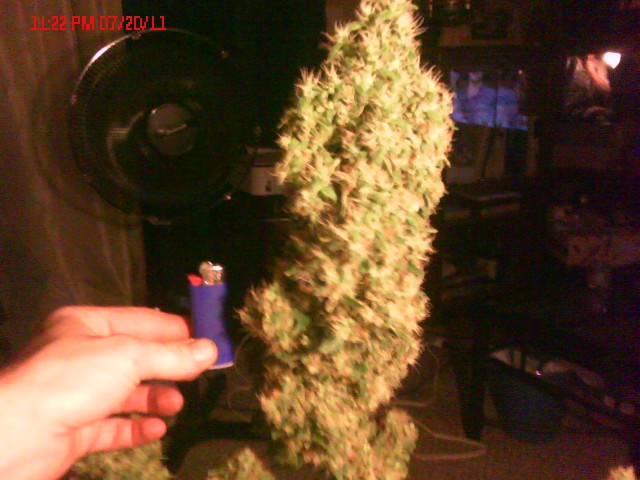
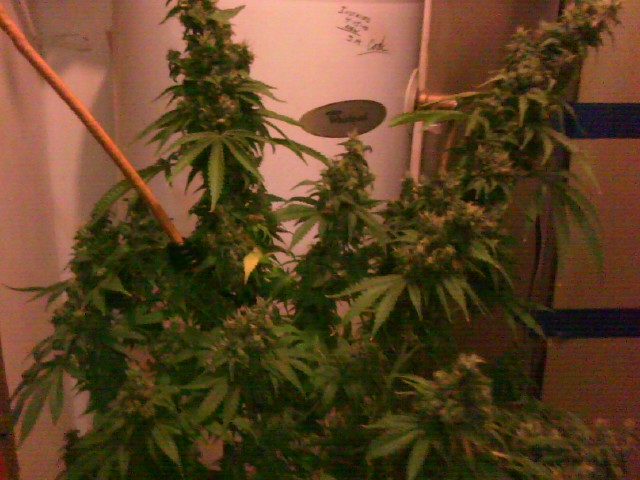
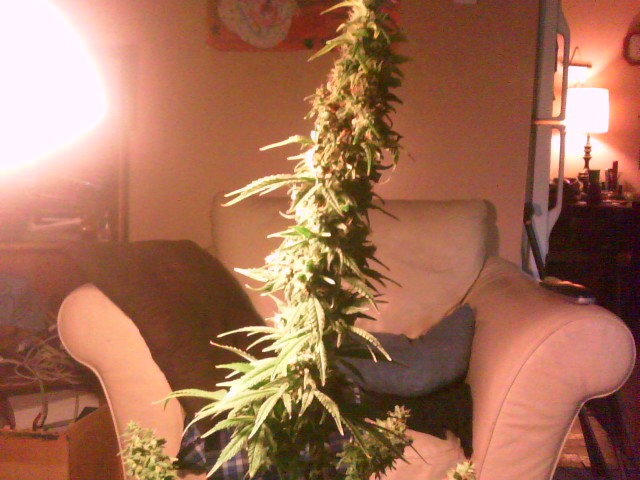
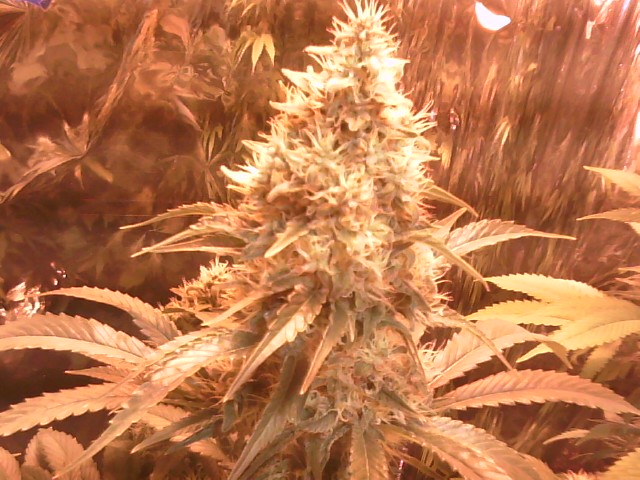
 HAVE FUN , ALWAYS KEEP IT SIMPLE!!!!!!!!!!!!!!!!!!!!!!
HAVE FUN , ALWAYS KEEP IT SIMPLE!!!!!!!!!!!!!!!!!!!!!!

Hello growers.
My name is Simon and I write from Italy.
I am new to this forum.
I was following your discussion on the pH and EC.
I have had problems with overfertilizzazione, I think to buy a meter for EC and pH e 'cause I use the maps to measure the pH.
But my question, and ': when the pH is measured? In the water, or in the water there are already 'the nutrients?
Or do I measure the pH with the probe in the soil of the pot?
And for the measurement of EC?
Thank you and answer sperandop I salute you.
Simon from Italy.
 Thank you, this is a great community we have here. I am learning everything needed to get my medicine growing. Thank You
Thank you, this is a great community we have here. I am learning everything needed to get my medicine growing. Thank You 

I recently posted this in my grow journal, and its received some good response, so I thought I'd post it here also...
___________________________________________________
WHAT THE GOOD GROWERS ALREADY KNOW
Now that I've finished harvesting my first two plants, I thought I'd share my "Top 5 Tips for New Growers".
I hope this will help others out there, especially the newer growers, who are being bombarded with all kinds of new and different information and having to try to figure out what's worth remembering.
Here's the stuff to remember!
1) As far as soil or hydro, which brand of nutes, which type of lights (LED, CFL, MH, HPS, T5, etc.), what's the best way to train (FIM, Top, LST, SCROG, etc.), and other questions related to technique - The "best method" is the one(s) that work for you! Different growers have different styles of growing and where one method, or nute regime, works great for one grower, another may have better success with something different. Opposing methods are not something to argue over, they are something to learn from. The more techniques you learn, the more you can experiment with to find the method that works best for you.
2) The plant is a living organism that will do its best to survive and thrive like any other living organism. That means, as growers, our plants don't die. WE kill them! We do this by NOT giving them what they need to survive. They need water, light, air, nutrients, and a favorable climate. If we can provide these, the plants repay us for it with bountiful harvests of great meds!
3) Before you start worrying about spending lots of money on nutes, put your money into providing a good environment for your plants. Proper lighting, ventillation, humidity, and temperatures will do more for maintaining healthy plants than any nutes you'll find. I'd rather grow with lower quality nutes in a good environment than try to make a go using the best nutes in a bad environment.
4) Part of maintaining the right environment MUST include PH. Once again, it doesn't matter how good your nutes are (or how good you think they are!), if the PH is out of range, the nutrients may not be able to be absorbed by the plants. Often I'll see growers who have a perfectly sound nute regime identify a deficiency and then try to make up for it by simply adding more nutes and never checking/adjustig PH. Then they say something like, "geez...I'm giving the plant tons of phosphorous but she's still showing a phosphorous deficiency!" Well, before you give the plant more Phosphorous, you should ask yourself, "why, if I'm on a sound nute regime, is the plant showing a P deficiency?" The answer will most likely be related to PH or other environmental factors and NOT the lack of Phosphorous in the nutes.
5) Listen to the plants! I had numerous growers tell me to do this before I really understood what it meant. It's not only being able to look at the plants to identify a specific issue, or when to harvest, but on it's most basic level, it's to determine that you have an issue before it becomes a BIG issue. For example, if you walk in your growroom and see your plants looking a little droopy, don't think "Well, I'll just give it another day and see if it gets any worse". It will! Your plants are telling you there's SOME issue...maybe overwatering, maybe underwatering, maybe temps, RH, or something else, but don't expect it to get better unless and until YOU make some adjustments!
Happy Harvests!
K

What's the best way to keep the humidity down when the lights go off,thanks,them 5 steps are the best advice I've seen on here
